In the hushed corridors of fragrance laboratories, where science meets artistry, the extraction of essential oils from flowers remains one of nature’s most exquisite alchemies. Behind every drop of rose absolute or jasmine enfleurage lies a meticulous process, a whispered secret passed down through generations of perfumers and botanists. These floral essences are not merely ingredients; they are the soul of perfumery, carrying within them the ephemeral beauty of blossoms and the earth’s untold stories.
The journey begins in sun-drenched fields, where flowers are harvested at precise moments—often at dawn, when their aromatic compounds peak. Not all petals yield their treasures easily. Some, like the fragile tuberose, demand patience; others, like the resilient lavender, surrender their oils more readily. The method of extraction becomes a language unto itself, each technique revealing a different facet of the flower’s character. Steam distillation, for instance, coaxes out the bright, volatile notes of geranium, while solvent extraction teases forth the deep, velvety richness of mimosa.
Steam distillation, the oldest and most revered method, is a dance of heat and precision. Flowers are suspended over boiling water, and as steam rises, it ruptures the plant’s tiny oil sacs. The vapor carries these volatile molecules upward, where they condense back into liquid form. The result is a two-layered marvel: the essential oil floating atop, and the hydrosol—a fragrant water—beneath. This process, though seemingly straightforward, is fraught with variables. Too much heat, and the delicate top notes vanish; too little, and the oil remains trapped within the petals.
For flowers too delicate to withstand steam, enfleurage offers a gentler touch. A technique dating back to ancient Egypt, it involves pressing blossoms into layers of purified fat, which absorb their scent over weeks. The spent flowers are replaced repeatedly until the fat becomes saturated with fragrance, then washed with alcohol to separate the absolute. This labor-intensive method, now rare, is reserved for jewels like jasmine and champaca, whose scents are too sublime to sacrifice to harsh extraction.
Modern perfumery often turns to solvent extraction, a method that unlocks nuances unreachable by steam. Flowers are bathed in solvents like hexane, which dissolve their aromatic compounds. Once evaporated, the solvent leaves behind a waxy concrete, which is then washed with alcohol to produce the absolute. The result is an oil of unparalleled depth—think of the narcotic sweetness of vanilla orchids or the smoky whisper of osmanthus. Yet this method is not without controversy; traces of solvents can linger, and purists argue it strips away the flower’s true spirit.
Beyond technique, the flower’s own biology holds secrets. A rose’s scent, for example, shifts with its variety and terroir. The Damask rose, cultivated in Bulgaria’s Valley of Roses, yields an oil with honeyed warmth, while the same species grown in Grasse might carry a greener, sharper edge. Soil composition, altitude, even the time of rainfall—all imprint themselves on the final essence. This is why perfumers speak of oils as living things, each batch a unique fingerprint of place and moment.
The alchemy doesn’t end with extraction. Aging transforms essential oils in ways still not fully understood. Sandalwood mellows over decades, its sharp edges softening into a creamy embrace. Patchouli, initially pungent and earthy, becomes almost chocolaty with time. Some perfumers stockpile oils like vintage wines, knowing their value will only deepen. Others experiment with novel methods—CO2 extraction, for instance—which uses pressurized carbon dioxide to pull out oils with near-molecular precision, preserving notes often lost in traditional processes.
Yet for all our technology, nature retains the upper hand. No synthesis can replicate the complexity of a single drop of neroli oil, with its 300-plus constituent compounds. And some flowers—like the elusive blue lotus or the freesia—still resist our attempts to capture their essence intact. Perhaps this is why the pursuit persists: not just for the scents themselves, but for the reminder that some mysteries are meant to be cherished, not solved.
In the end, these floral essences are more than ingredients. They are bridges—between past and present, earth and art, science and soul. To wear a perfume crafted from such oils is to carry a piece of that dialogue, a whisper of petals and patience. And as long as flowers bloom, the laboratories will hum with the quiet work of unlocking their secrets, one drop at a time.

By Christopher Harris/Jun 6, 2025

By Emily Johnson/Jun 6, 2025

By Laura Wilson/Jun 6, 2025

By Jessica Lee/Jun 6, 2025

By William Miller/Jun 6, 2025

By Victoria Gonzalez/Jun 6, 2025
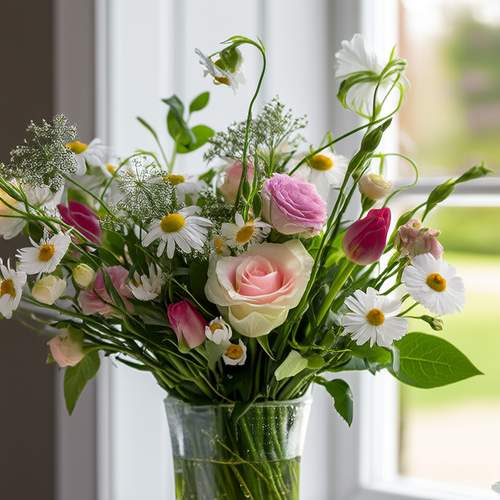
By /May 21, 2025
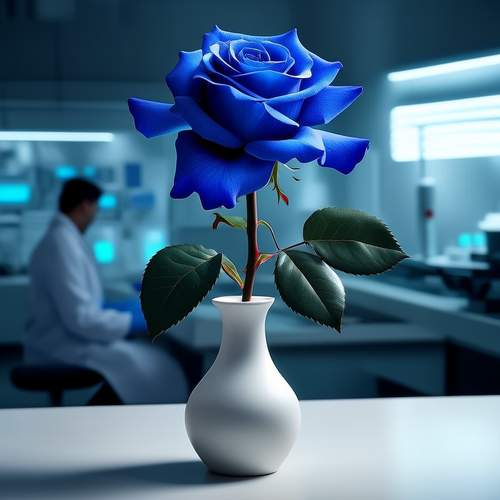
By /May 21, 2025
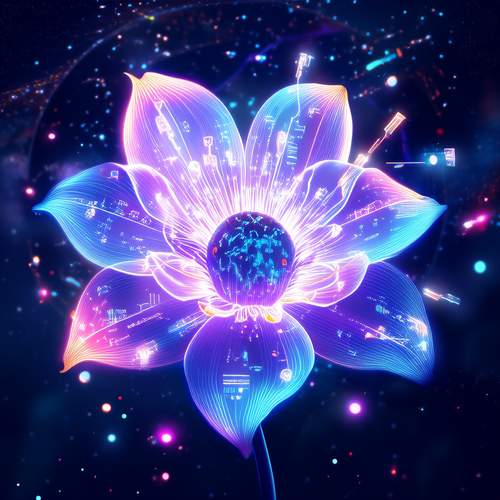
By /May 21, 2025
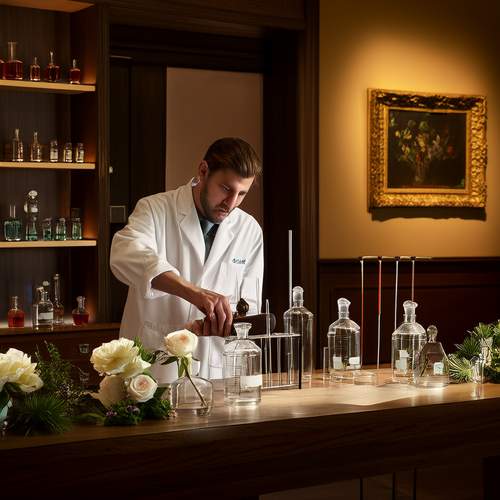
By /May 21, 2025
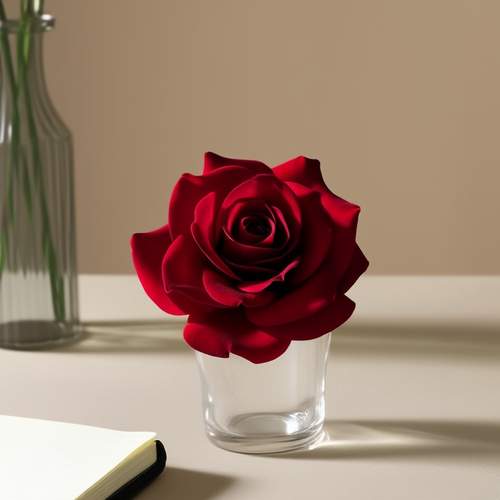
By /May 21, 2025

By John Smith/May 19, 2025

By Sophia Lewis/May 19, 2025

By Christopher Harris/May 19, 2025

By Natalie Campbell/May 19, 2025

By Grace Cox/May 19, 2025

By Amanda Phillips/May 19, 2025

By Megan Clark/May 19, 2025

By Eric Ward/May 19, 2025

By Ryan Martin/May 19, 2025